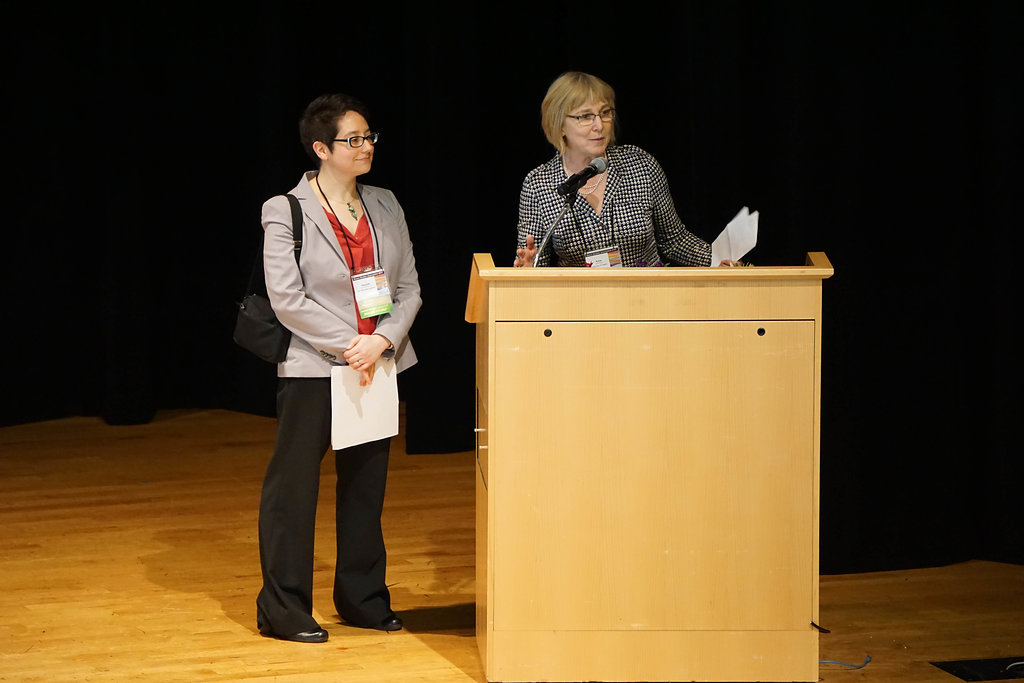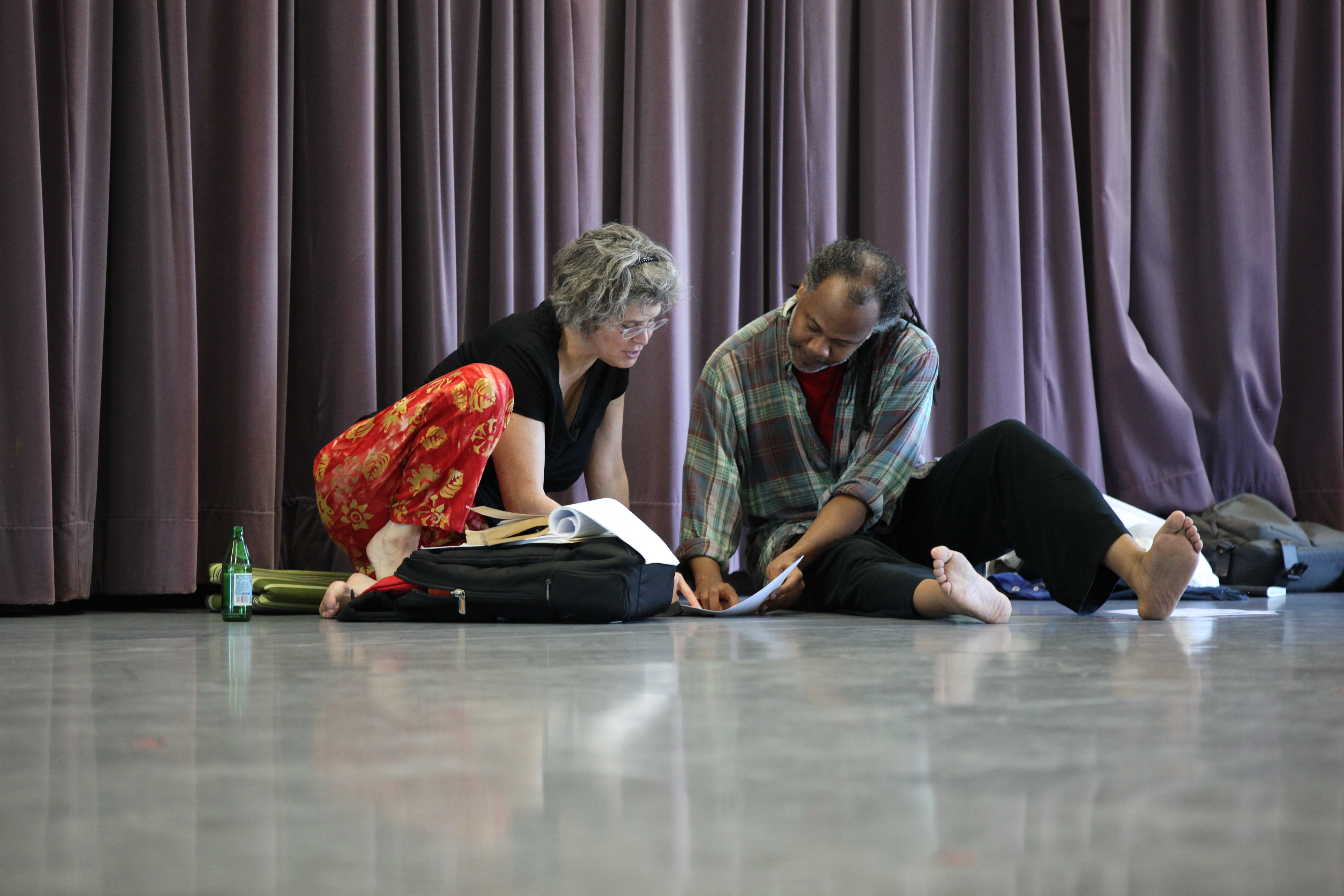A Brief HistoryFormed in 2017 as the merged entity of the Congress on Research in Dance (CORD, founded 1969) and the Society of Dance History Scholars (SDHS, founded 1978) DSA is both grounded in and extends the work of those two organizations. After five years of successful consecutive joint conferences and sustained collaboration by the Boards of Directors of both organizations starting in 2015, CORD and SDHS consolidated their resources to form Dance Studies Association, bringing the field of dance studies into the twenty-first century. DSA is a significant expansion of CORD and SDHS, bringing together hundreds of dance studies scholars and artists, expanding publications, conferences, working groups, awards and membership benefits. While maintaining the 1969 incorporation status in the State of New York, Dance Studies Association signals the tremendous growth of the field over the past fifty years and the need to have a professional organization that represents this incredible breadth of inquiry. DSA advances innovative analyses of dance by promoting diverse approaches and a globally inclusive, respectful dialogue in the dance field and various related disciplines. It advances the field of dance studies through research, publication, performance, and outreach to audiences across the arts, humanities, and social sciences. As a constituent member of the American Council of Learned Societies, DSA holds annual conferences as well as special topics conferences; publishes original scholarship through Dance Research Journal, Conversations Across the field of Dance Studies, the Studies in Dance History book series, and conference proceedings; supports ongoing working groups and networking; collaborates with peer organizations in the U.S. and abroad; and presents annual awards for exemplary scholarship and leadership. A Brief History of CORD
DSA President and former CORD President Anne Flynne with DSA Treasurer Hannah Kosstrin at the 2017 Annual Conference. The Congress on Research in Dance (CORD) was an independent, non-profit 501©3 organization. An interdisciplinary organization with an open international membership, CORD's purposes were:
CORD was originally convened in October 1964 at the behest of Esther Jackson and Kathryn Bloom, Director of the Arts & Humanities Branch of the U.S. Office of Education when concern for dance research was beginning to burgeon. A Steering Committee comprised of Jeannette Roosevelt, Patricia Rowe, Lucy Venable, Lucile Nathanson, and Bonnie Bird organized the first Membership meeting and in early 1965, the twelve founding members:
were joined by 56 other dance scholars and professionals from around the country when the Committee sent out a call for additional members. At the April 3, 1965, membership meeting it was decided that CORD should become a permanent committee. A new Steering Board of 15 members (Martha Hill, Teddie Weisner, Lucy Venable, Gertrude Lippincott, Selma Jean Cohen, Marian Van Tuyl, Patricia Rowe, Bonnie Bird, Ruth Murray, Helen Alkire, Fran Dougherty, William Bales, Alma Hawkins, Bessie Schoenberg, and Genevieve Oswald) who "now has before it the task of defining the purposes, organizational structure and specific operation of CORD to assure its future effectiveness" was elected as a result of the decisions made at the April 1965 meeting. The Steering Board held its first planning meeting on October 30, 1965, at the Loeb Student Center on the campus of New York University. It was incorporated in 1969 as the Committee on Research in Dance in the State of New York with membership open to individuals and institutions and was housed by New York University. Its name was changed to the Congress on Research in Dance in 1977. CORD's initial years were spent gathering together and encouraging dialogue between dance professionals working in disparate parts of the United States. Over the years, CORD's membership has become increasingly international in scope and its institutional members include colleges, universities, and libraries around the world as well as from the United States. A broad range of interests is represented by these members which includes dance techniques, choreography, performance, history, anthropology, education, therapy, phenomenology and other areas of philosophy, semiotics, feminist criticism and theory, somatics, notation systems, kinesiology, dance criticism, and dance medicine, to name a few. CORD drew its individual and institutional membership from all 50 states, 56 countries, the District of Columbia, Puerto Rico and the US Virgin Islands‚ CORD also worked with other professional organizations such as the Association for Theatre in Higher Education, the Society of Dance History Scholars, Dance Critics Association, National Dance Education Organization, Society of Ethnomusicology, and the National Dance Association to provide members unique opportunities to network with others in and outside the field of dance. A Brief History of SDHS
Dramaturge and DSA board member Susan Manning with Reggie Wilson of Fist and Heel Performance Group. Photo by Chris Cameron. Organized in 1978 as a professional network, SDHS was incorporated as a non-profit organization in 1983 and counted among its members individuals and institutions across the globe committed to the interdisciplinarity of dance studies. SDHS was admitted to the American Council of Learned Societies as a constituent member in 1996. SDHS defined dance history in the broadest possible terms. To recover the meaning of the dance event for participants and spectators, SDHS embraced a wide range of research methods. Some were drawn from related disciplines such as musicology, anthropology, theater and performance studies, feminist theory, and queer theory; others employed dance-specific modes of inquiry such as movement analysis or choreographic reconstruction. SDHS members worked in a broad range of different positions. While some are independent scholars, others teach dance studies in departments of dance, theatre, music, and performance studies as well as in other academic departments of colleges and universities. Many are scholar-practitioners, and combine research with performance. SDHS members also worked as performers, arts administrators, dance critics, filmmakers, notators, reconstructors, librarians, and archivists. The society especially welcomed graduate students interested in dance research, whatever the academic orientation of their doctoral programs. SDHS annual conferences featured paper presentations, panel discussions, movement workshops, and performances on a broad range of topics. During each conference, SDHS working groups met in informal sessions to share information and ideas on their common interests. SDHS also presented annual awards at each conference in recognition of outstanding scholarly work in dance studies. |


